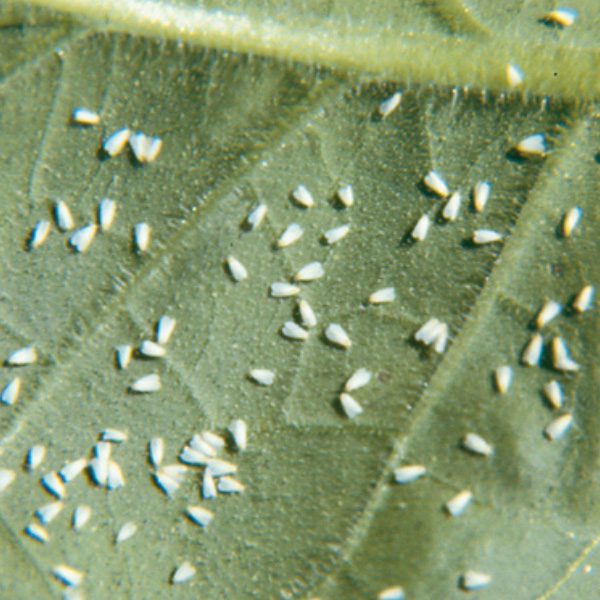Balcony & Patio
Oregano is an integral part in Turkish, Greek, Italian and Spanish cuisine. It’s the classic pizza seasoning and also found in a good pasta sauce.
The medicinal and aromatic plant is also known as marjoram or wild marjoram with which it is related. It can grow up to a height of 60 cm. It has a characteristically pronounced bitter, aromatic fragrance and taste. Pink flowers develop from July, which butterflies and bees love.
If you buy oregano in a pot, it’s best to repot straightaway into a larger pot with a minimum diameter of 25 cm. Use a peat-free special soil for herbs.
Ways to use
Oregano is a very important spice in the entire Mediterranean region. It goes well with omelettes, Italian sources, tomato dishes, lamb and vegetable casseroles as well as pizza, of course. The pretty flowers are also suitable for garnishing dishes. Freshly pluck the leaves and tips as needed or harvest and dry when flowering. As a freshly made tea of leaves and tips, oregano is useful for gastrointestinal disorders.
Location & Care
Oregano prefers a sunny spot protected from the wind. They have normal water requirements but waterlogging should be avoided. Water with soft water so that the plants thrive well.
Sow oregano as seeds in a pot on a bright windowsill at 18–20°C. The best time for sowing is in March. Lightly cover the seeds with soil and make sure to keep them moist but not too wet. The seedlings can be planted in your balcony pots or boxes from mid-May.
Oregano needs Organic Multipurpose Plant Feed liquid fertiliser every two weeks.
To harvest, cut the leaves and tips of the oregano before and during flowering. The herb can be used fresh or dried for preserving.
In winter, the perennial herb needs a covering of branches or straw. Cut back shoots that are too long before the frost.





